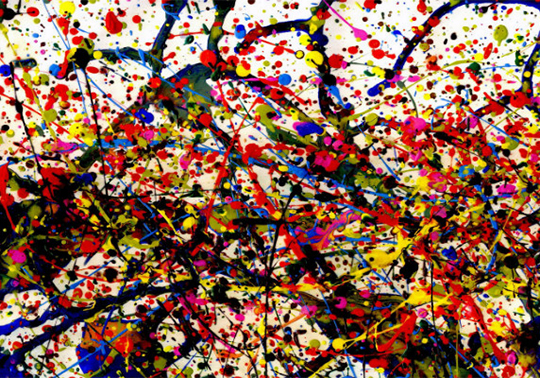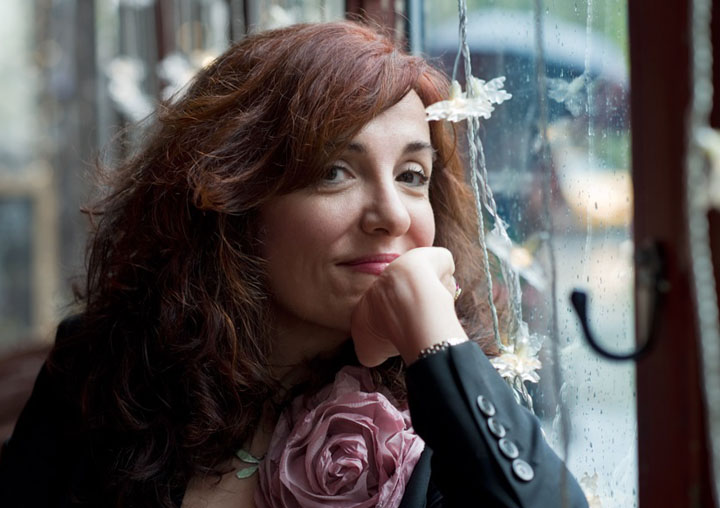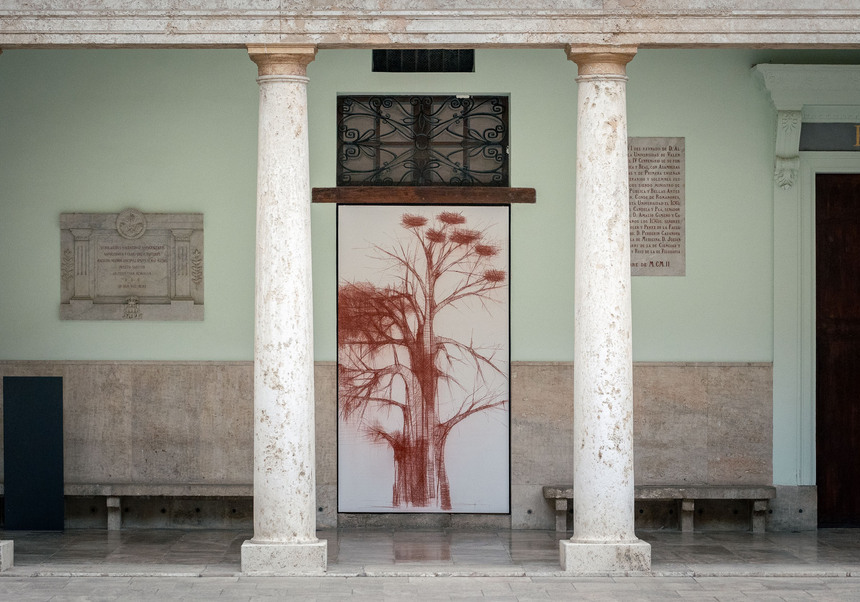La Nau, home of the first retrospective of Wences Rambla
- February 20th, 2017

The Centre Cultural La Nau has been the chosen venue to exhibit for the first time a selection of painting of Wences Rambla that runs through all his artistic production through 37 pieces, from the informalism of his early years as a painter to digital art, passing through social realism, geometric abstraction and landscapes.
Organized by Martínez Guerricabeitia Collection of the General Foundation of the Universitat de València and curated by art teacher and art critic Pascual Patuel, the show has the support of the Vice-principal for Culture and Equality, directed by Antonio Ariño, and in cooperation with Banco Santander and Heineken Spain S.A; and it can be visited in the Martínez Guerricabeitia of La Nau until next April 30.
Wences Rambla (Castellón, 1948) is a painter of prolific production, and now La Nau is a pioneer in bringing together in a single space a retrospective show that takes stock of his work through a careful selection of about 40 works, between canvases and photographs. This was the objective of the curator, Pascual Patuel, who defines the artist as "a man of postmodernity with a creative look at the avant-gardes before his time”, taking into account that the first creations of Wences Rambla saw the light at the end Of the 60s.
The exhibition was presented at a press conference this Monday in La Nau and has had the interventions of the Vice-Principal Antonio Ariño, who has shown his satisfaction to host in the historic building Universitat de València a proposal like this, which "enriches The Martínez Guerricabeitia collection and visibility of contemporary Valencian art "; The Director of Activities of the Collection, José Pedro Martínez, who has subscribed the words of the vice-principal and stressed that this exhibition "allows us to know retrospectively the huge production of Wences Rambla"; The commissary, Pascual Patuel, ideologist of the speech that follows the exhibition; and the same painter, who has expressed himself on each of his artistic stages, from drawing to digital photography, through compromised art and social realism, all of this vertebrate by geometric language. "My work is always accompanied by geometric structures, but colour, composition, and so on, are really the ones that compete for the game on the playing field of the plastic elements, which is the picture," said Wences Rambla.
According to professor Patuel, Wences Rambla departs, for example, from the rigid geometry advocated by Geometrical Abstraction of the early twentieth century, motivated by a need to break the traditional nineteenth-century realism schemes, and appropriates it by making it his own and Internalizing it. "The geometry of Rambla is more dynamic, more subjective, not orthogonic, more suggestive, less orthodox," says Pascual Patuel, a great connoisseur of the production of Castellon, who has curated previous exhibitions organized by the Consortium of Museums of the Region of Valencia And by the Museum of Fine Arts of Castelló, in addition to publishing some study about the artist.
Abstract language goes together with Wences Rambla from the beginning, although during the first stage, between 1968 and 1973, he focuses on naturalism and informal painting. For this, he uses extra-pictorial material, such as sand, cardboard or lands with different origin or thickness, resulting in a world of landscapes.
Towards 1973, he develops a “commitment stage”, thus developing what we known as “social function of art” or social realism. He critics the political situation of the moment to transcend the local and universalise the latent social problems. The usual themes are “violence, oppression and always difficult human relationships”, says Patuel.
It will not be until 1985 when Wences Rambla plunge into geometric abstraction. He retakes the landscapes of the 70s and the abstract language, which gives as a result a “latent geometric landscape”. Imaginative and surrealistic, the painting of this period is full of graphics and calligraphic signs, creating thus a “peculiar, suggestive and arabesque” universe, really close to the spatialism and kinetic painting.
This landscapes turns more metaphysic and conceptual from the 90s, where there are not anymore ties to the Wences the natural world 30 years ago. “Rambla evolves towards a space of mental creation, where aesthetics and investigation of work plastic aspects gain an evident limelight”, indicates Patuel. An abstract landscape that, by contrast, towards 2010, ends up undergoing into an “iconic concretion process”, characteristic in his work until now.
Thus, the work of Wences Rambla responds, on one hand, to a group of artists that are developed in the years of democracy and, therefore, capable of jumping over the vanguards that were artificially opposed to the Regime; and, on the other hand, to the "current eclectic panorama", as Professor Pascual Patuel describes it, where geometry does, but also informalism, pop art, action, photography and audiovisual, among Many other artistic movements.
“Wences Rambla. Balance of a career”, is part of, according to the the Vice-Principal Antonio Ariño, one of the main lines of work of the Office of the Vice-Principal for Culture and Equality is "a commitment to Valencian artists, with outstanding work and international recognition that, however, they rarely exhibit in Valencia.
The commissioner and the funds
Doctor Pascual Patuel is professor of Art History at the Universitat de València and an art critic. He has studied thoroughly the Valencian plastic movement of the 50s and following decades, which has led him to forge friendships with the protagonists, such as Wences Rambla or Joaquín Michavila, for example.
The exhibition 'Wences Rambla. Balance of a career 'has also been possible thanks to the support of private and public lenders who have donated the different pieces now being exhibited in La Nau de la Universitat de València: private collectors and the same artist have lent work, as well as The Vilafamés Contemporary Art Museum, Universitat Jaume I de Castelló, the Caixa Castelló Foundation and the Museum of Fine Arts in Castelló-Diputación de Castelló.
Within the series “Meetings with the colecction Martínez Guerricabeitia”, the General Foundation of the Universitat de València has published the work catalogue which will be available for the public from this 20 February at any establishment of La Tenda de la Universitat or Servei de Publicacions. The volume contains texts of Pascual Patuel, along with graphic documents and Rambla’s CV, thus showing his artistic career.
Finally, with the aim of bringing contemporary art closer to society, the exhibition is completed with guided visits (96.386.49.22 - visites.guiades@uv.es) and didactic activities (677.027.357 - activitatspmg@fundacio.es) for free registration.















